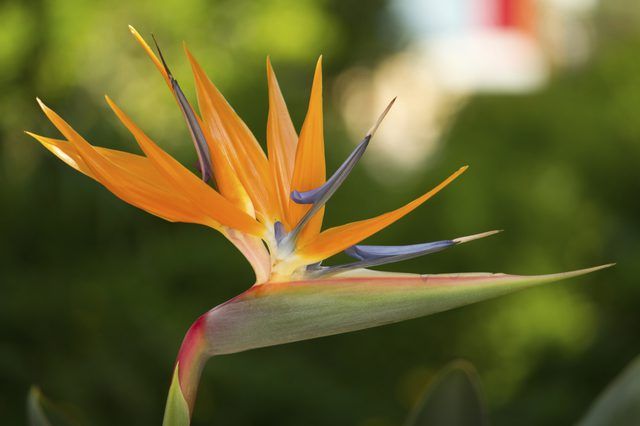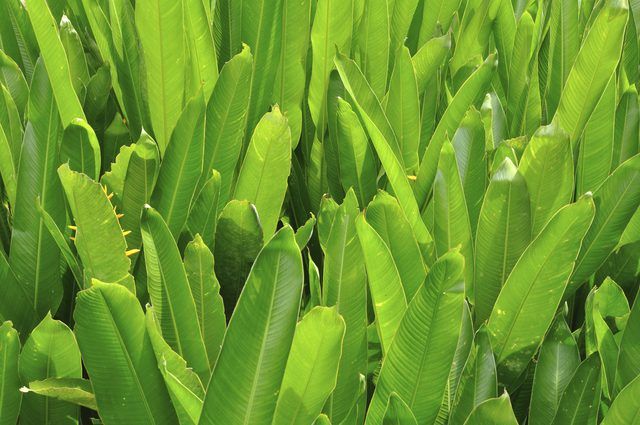Bulbs
Flower Basics
Flower Beds & Specialty Gardens
Flower Garden
Garden Furniture
Garden Gnomes
Garden Seeds
Garden Sheds
Garden Statues
Garden Tools & Supplies
Gardening Basics
Green & Organic
Groundcovers & Vines
Growing Annuals
Growing Basil
Growing Beans
Growing Berries
Growing Blueberries
Growing Cactus
Growing Corn
Growing Cotton
Growing Edibles
Growing Flowers
Growing Garlic
Growing Grapes
Growing Grass
Growing Herbs
Growing Jasmine
Growing Mint
Growing Mushrooms
Orchids
Growing Peanuts
Growing Perennials
Growing Plants
Growing Rosemary
Growing Roses
Growing Strawberries
Growing Sunflowers
Growing Thyme
Growing Tomatoes
Growing Tulips
Growing Vegetables
Herb Basics
Herb Garden
Indoor Growing
Landscaping Basics
Landscaping Patios
Landscaping Plants
Landscaping Shrubs
Landscaping Trees
Landscaping Walks & Pathways
Lawn Basics
Lawn Maintenance
Lawn Mowers
Lawn Ornaments
Lawn Planting
Lawn Tools
Outdoor Growing
Overall Landscape Planning
Pests, Weeds & Problems
Plant Basics
Rock Garden
Rose Garden
Shrubs
Soil
Specialty Gardens
Trees
Vegetable Garden
Yard Maintenance
How to Grow the Bird of Paradise Flower
Give the bird of paradise flower lots of light, consistent moisture and fertilizer when it's growing and the reward with be lots of vivid and unusual flowers.
If you see a bird of paradise flower (Strelitzia reginae), you'll know immediately where it gets its name -- from its exotic blossom that resembles a colorful flying bird. A South African native, bird of paradise is a tropical evergreen that's usually pest- and disease-free. It grows outdoors year-round in U.S. Department of Agriculture plant hardiness zones 9 through 12. It can also grow as a large houseplant when given lots of light, enough space and the right care.

The Best Temperature
This plant is frost-sensitive and can't survive long periods of sub-freezing temperatures when grown outdoors. It can withstand short periods of temperatures as low as 24 degrees Fahrenheit, but extended chilling can damage flower buds and might kill the plant. You can help protect a plant in the ground by covering it with a sheet or light blanket if you expect unusual cold. If you grow the plant outdoors in a container, move it indoors or into a garage or other protected space to prevent cold damage. A bird of paradise grown as a houseplant does best kept between 70 and 90 F year-round, but can tolerate temperature as low as 55 F.
Soil and Sun Needs
A bird of paradise tolerates most soils when grown outdoors, but prefers fertile soil that's rich in organic matter. You can enrich your soil by mixing a 2- to 3-inch layer of compost into the top 6 inches of soil before planting. A container-grown plant, either indoors or outdoors, does well in any commercial potting mixture. Always use a container that has drainage holes.
Outdoors, bird of paradise grows in either full sun or partial shade, and usually starts blooming in spring. The amount of light influences the plant's size and flowering. In partial shade, plants become tall -- up to 5 feet -- with flowers up to 18 inches long. In full sun, flowers are more abundant but a bit smaller and on shorter stalks. Indoors, this plant needs bright, indirect light, such as on a windowsill in a lightly curtained, west- or south-facing window. When flowering, move the plant into a more shady spot to prevent sun scorch of the blossoms.
Water and Fertilizer
This plant does best when it receives water regularly, especially during the first six months after it has been planted. Water either a potted or in-ground bird of paradise whenever the top 1 to 2 inches of its soil feel dry to your fingertip, but never leave a potted plant in a water-filled saucer, because this can promote root rot and other fungal problems. Mulch the plant with a 2- to 3-inch layer of straw or shredded bark, to help conserve soil moisture and discourage weeds, but keep mulch back about 3 inches from the base of the plant to prevent stem rot. The mulch should not touch the stems. During winter, reduce watering to let the soil dry more fully, to give the plant a rest.
Fertilizing a bird of paradise helps keep it putting out strong new growth and flower buds. For an in-ground plant, use a balanced, controlled release fertilizer, such as a 14-14-14 formula. Mix 1/2 pound into the top 3 inches of soil for every 20 square feet of planted area, repeating every three months during spring and summer. For a container plant, feed with a balanced, water-soluble formula such as 20-20-20, twice each month during spring and summer. Dilute the fertilizer at a rate of 1/4 teaspoon in each 1 gallon of water, and use the solution to water the plant. Check the product label as rates vary by brand. For a houseplant, cut back fertilizer to once each month during the fall and winter, and stop feeding an outdoor plant during these periods.

Bird of paradise doesn't require regular pruning, but clear away any dropped flowers or dead leaves regularly. This keeps the plant looking neat and tidy, and also reduces the risk of fungal growth that could cause problems.